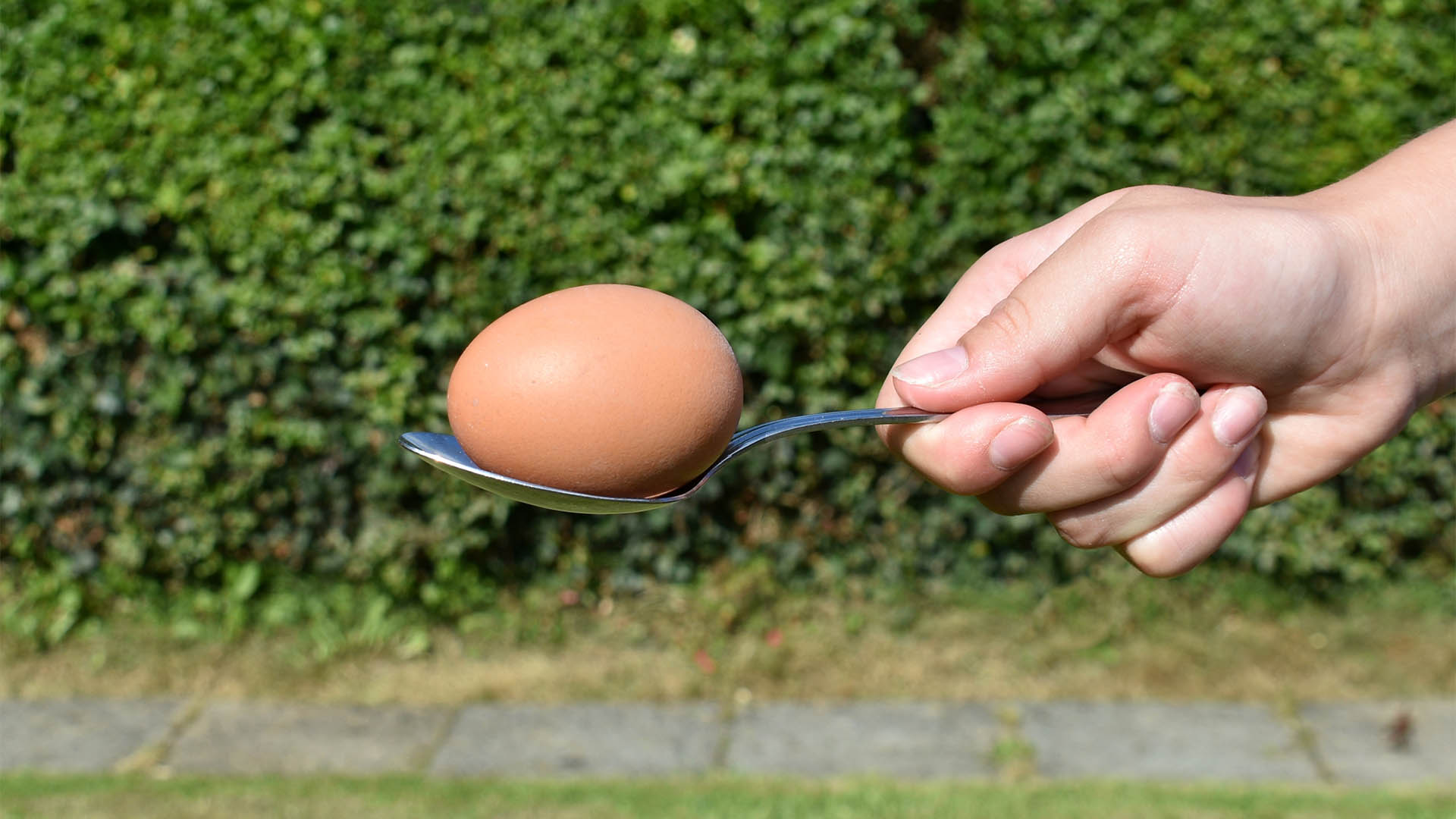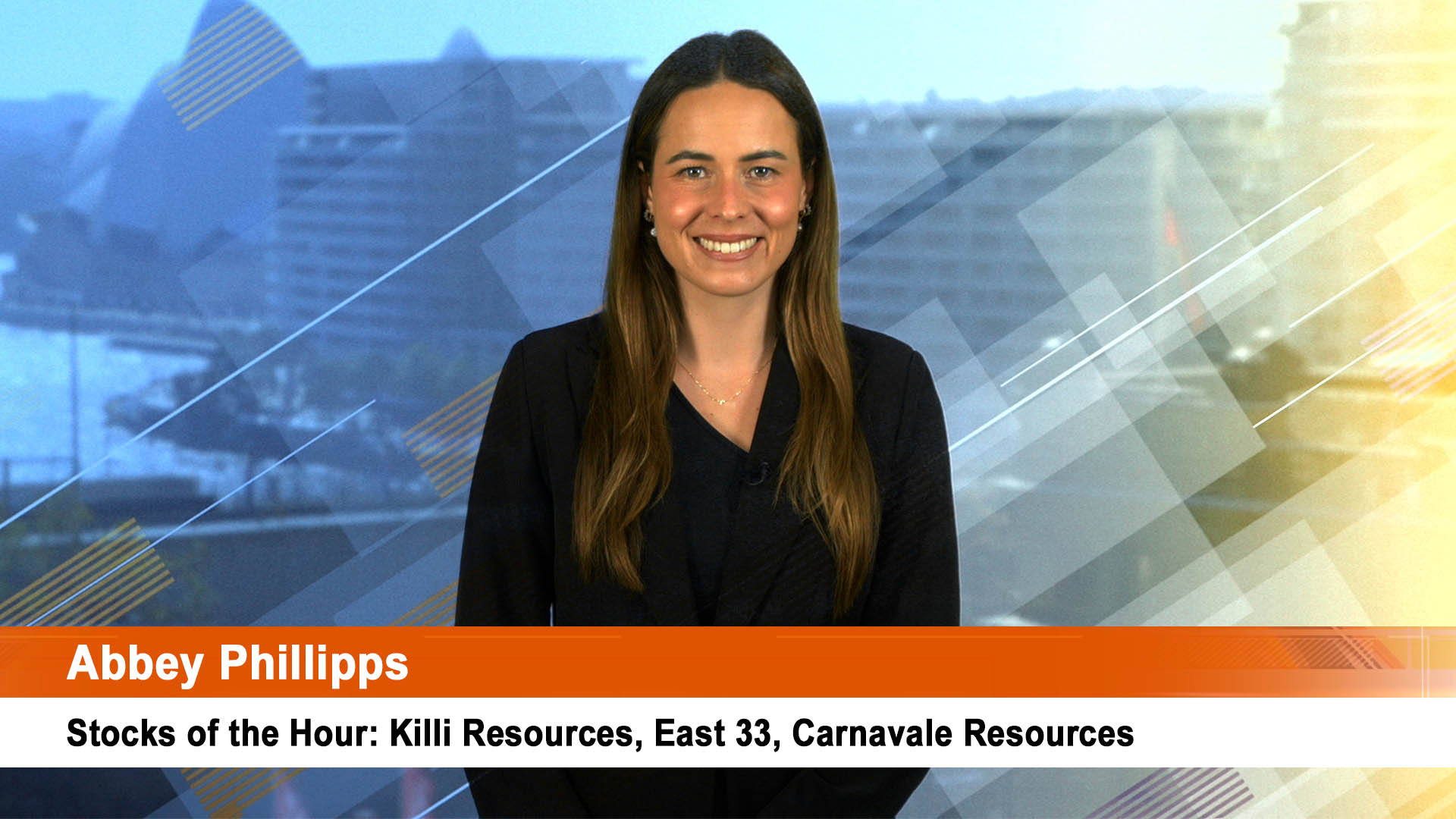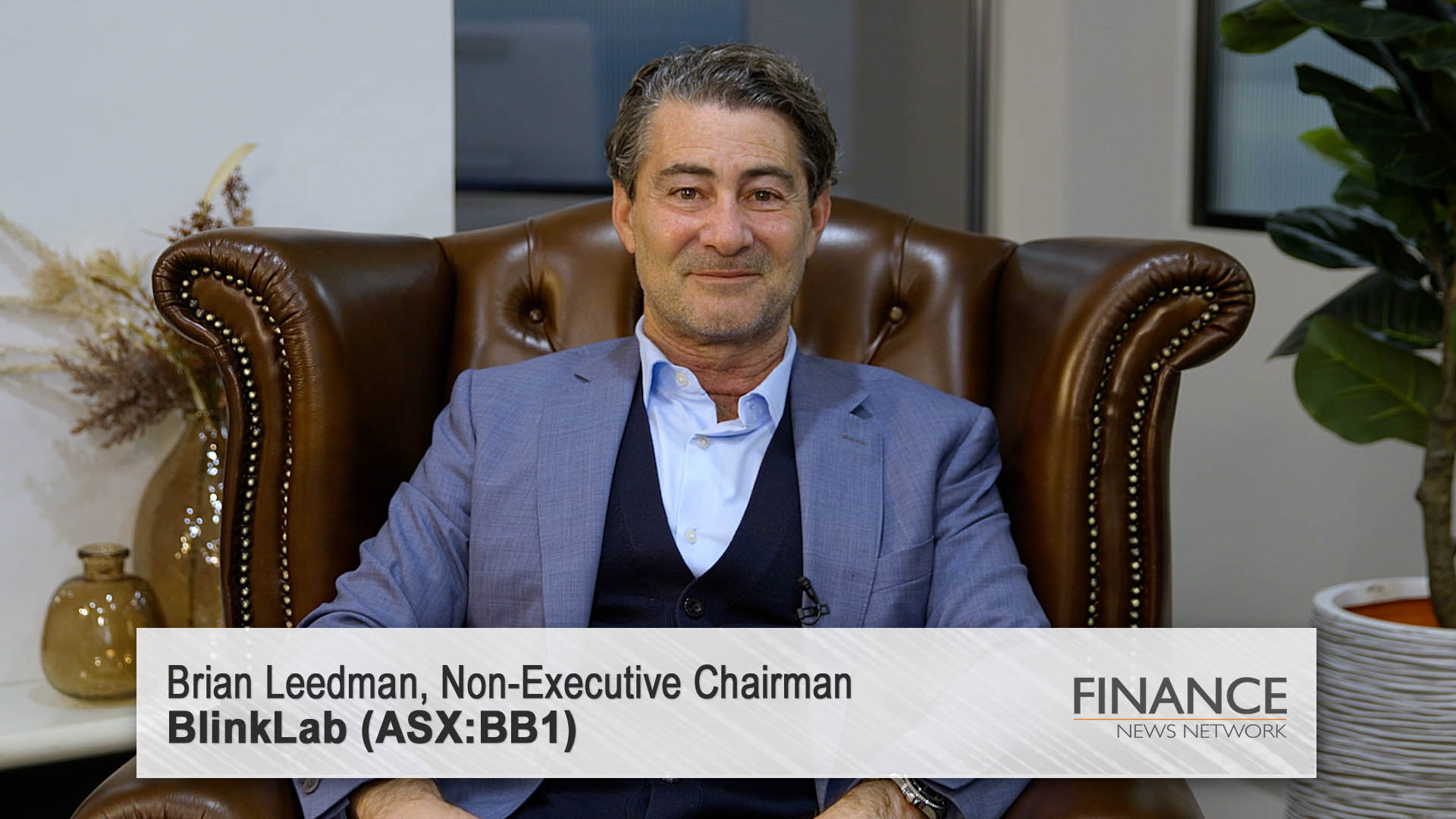Third quarter economic growth was weaker than forecast and surprisingly depended heavily on the solid growth in the jobs market as exports, consumer spending/retail all did poorly.
Quarter on quarter, the economy grew 0.6% in the three months to September for an annual rate of 2.8%.
The quarter figure fell short of the market estimate of 0.7% growth, while the annual rate was short of the 3% market forecast.
That compares to the 0.8% in the June quarter and an annual rate of 1.9% (1.8% first reported). The reason for the big rise in the annual rate is that the 0.3% contraction (0.4% first reported) in the September quarter of 2016 drops out of the comparison.
Interestingly revisions in 206-17 the strong December 2016 quarter of 1.1% was cut back to 0.9%, the negative September quarter was cut back o a 0.3% contraction from 0.4% and the June quarter’s growth of 0.8% was raised to 0.9%.
The AMP’s chief economist Dr Shane Oliver said in a note “If growth in the current quarter comes in around 0.6%, GDP growth through 2017 will be 2.5% which is still a bit below potential growth (of around 2.75%)."
But that won’t worry the Reserve Bank where Governor Phillip Lowe said in his post meeting statement on Tuesday that:
"Recent data suggest that the Australian economy grew at around its trend rate over the year to the September quarter. The central forecast is for GDP growth to average around 3 per cent over the next few years. Business conditions are positive and capacity utilisation has increased.
"The outlook for non-mining business investment has improved further, with the forward-looking indicators being more positive than they have been for some time. Increased public infrastructure investment is also supporting the economy. One continuing source of uncertainty is the outlook for household consumption. Household incomes are growing slowly and debt levels are high.”
And that was basically what the ABS reported yesterday, with the only surprising feature was the heavy dependence in the 1.2% rise of employee compensation (income) in the quarter (and 3.0% in the past year) – which was a function of the 2% rise on the Wage Price Index and a 2.9% rise in the number of hours worked in the year to September.
But Dr Oliver pointed out that “while the compensation of employees rose 1.2% in the September quarter this reflects strong employment growth – average compensation per employee rose just 0.3% quarter on quarter or 0.6% year on year reflecting slow wages growth within job categories and the loss of high paying jobs relative to low paying jobs.
Despite that, the Australian Bureau of Statistics said “17 out of 20 industries recorded positive growth this quarter driven by Professional, Scientific and Technical Services, Health Care and Social Assistance and Manufacturing.”
Consumer spending only rose 0.1% in the quarter (which was all in services spending as retail volumes made no contribution with sales flat over the three months).
The savings rate edged to 3.2%, from 3.0% but that’s down from nearly 8% three years ago. The MP’s Dr Shane Oliver says "it’s doubtful that households will want to keep running it down as house price gains in Sydney and Melbourne fade. As such consumer spending growth is likely to remain constrained going forward.”
And inflation is not a worry. The household consumption deflator (an alternative measure of inflation) rose just 0.1% in the quarter and just 1.1% year on year which is well below the rate of inflation as measured by the CPI of around 1.8% (and really around 1.5%).
Dr Oliver said that "so far, moderate GDP growth has not been enough to produce the desired pick-up in inflation or wages growth. Numerous businesses are under pressure to keep costs competitive particularly in the retail, food, insurance and communications areas.”
"High levels of underemployment are continuing to weigh on wages growth and various business surveys indicate that labour costs are still expected to remain low, so wages growth is expected to stay subdued for a while yet. While the price and wage outlook remains subdued and the risks remain significant around the consumer, it is difficult to see a near-term RBA rate hike. So we remain of the view that the RBA won’t start raising interest rates until late next year at the earliest.”
Measures such as real gross domestic income were a little weaker than real GDP growth in the quarter thanks to the lower terms of trade (which fell 0.4%), although remain healthy. And there were no gains in labour productivity in the quarter or over the year, as growth in hours worked has broadly matched GDP growth thanks to the strong growth jobs.













